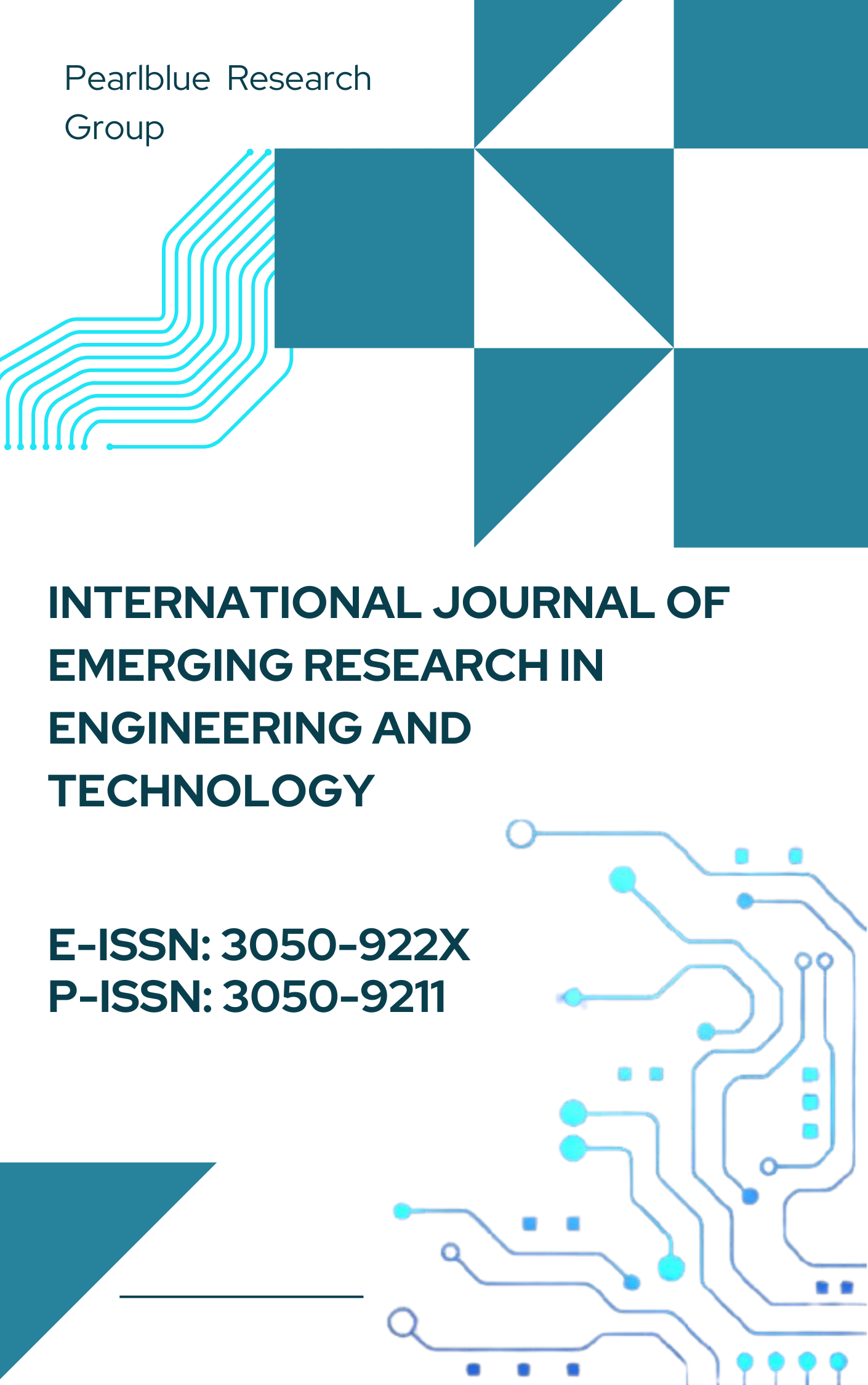Neuroplasticity and Physical Therapy: Revolutionizing Recovery for Neurological Disorders
DOI:
https://doi.org/10.63282/3050-922X.IJERET-V4I1P102Keywords:
Neuroplasticity, Physical Therapy, Neurological Disorders, Rehabilitation, Constraint-Induced Movement Therapy, Virtual Reality, Traumatic Brain InjuryAbstract
Neuroplasticity refers to the brain's remarkable ability to reorganize and adapt by forming new neural connections throughout life. This phenomenon plays a crucial role in recovery from neurological disorders, as it enables the brain to compensate for injuries and regain lost functions. Physical therapy leverages neuroplasticity through targeted interventions, which can include exercises aimed at improving motor skills, cognitive functions, and overall quality of life. Recent advancements in physical therapy techniques, such as constraint-Induced Movement Therapy (CIMT), Virtual Reality (VR), and non-invasive brain stimulation, have shown significant promise in enhancing neuroplasticity and facilitating rehabilitation. These methods encourage the brain to reroute neuronal pathways and strengthen existing connections, ultimately aiding individuals recovering from conditions like stroke, traumatic brain injury (TBI), and neurodegenerative diseases. The integration of neuroplasticity principles into physical therapy not only fosters recovery but also empowers patients to achieve greater independence and improved daily functioning. As research continues to unveil the mechanisms underlying neuroplasticity, the potential for innovative therapeutic approaches expands, revolutionizing recovery strategies for those affected by neurological disorders.
References
[1] Physio-pedia. "Neuroplasticity." Physio-pedia, https://www.physio-pedia.com/Neuroplasticity.
[2] National Center for Biotechnology Information. "Introduction to Neuroplasticity." NCBI Bookshelf, U.S. National Library of Medicine, https://www.ncbi.nlm.nih.gov/books/NBK557811/.
[3] Wikipedia. "Neuroplasticity." Wikipedia, https://en.wikipedia.org/wiki/Neuroplasticity.
[4] Lanza, Giuseppe, et al. "The Effects of Neuroplasticity on Neurological Disorders." Frontiers in Neuroscience, https://pmc.ncbi.nlm.nih.gov/articles/PMC7818866/.
[5] Britannica. "Neuroplasticity." Encyclopedia Britannica, https://www.britannica.com/science/neuroplasticity.
[6] ScienceDirect. "Neuroplasticity Topics in Psychology." ScienceDirect, Elsevier, https://www.sciencedirect.com/topics/psychology/neuroplasticity.
[7] Cherry, Kendra. "What Is Brain Plasticity?" Verywell Mind, https://www.verywellmind.com/what-is-brain-plasticity-2794886.
[8] Sukino Healthcare. "Physical Therapy in Neurological Rehabilitation." Sukino Healthcare, https://sukinohealthcare.com/physical-therapy-in-neurological-rehabilitation/.
[9] Physiotattva. "Neuro-Physiotherapy Rehab Services." Physiotattva, https://www.physiotattva.com/services/neuro-physiotherapy-rehab.
[10] Balance Plus. "The Top 5 Neuro-Rehabilitation Techniques Explained." Balance Plus, https://balanceplus.in/the-top-5-neuro-rehabilitation-techniques-explained/.
[11] Physio-pedia. "Neurology Treatment Techniques." Physio-pedia, https://www.physio-pedia.com/Neurology_Treatment_Techniques.
[12] van Vliet, Paul M., et al. "A Comprehensive Review of Neuroplasticity in Physical Therapy." PLOS ONE, https://pmc.ncbi.nlm.nih.gov/articles/PMC6465059/.
[13] Revitalize Physio Care. "Types of Neurological Conditions and Rehabilitation Approaches." Revitalize Physio Care, https://revitalizephysiocare.com/types-of-neurological-conditions-and-rehabilitation-approaches/.
[14] Alton Physical Therapy. "Neuroplasticity Rehabilitation: How the Brain Adapts and Heals." Alton PT, https://altonpt.com/neuroplasticity-rehabilitation-how-the-brain-adapts-and-heals/.
[15] "Emerging Perspectives in Neuroplasticity-Based Interventions." Frontiers in Neural Circuits, https://pmc.ncbi.nlm.nih.gov/articles/PMC10598326/.
[16] Physio-pedia. "Neuroplasticity." Physio-pedia, https://www.physio-pedia.com/Neuroplasticity.
[17] "Advances in Neuroplasticity." Journal of Neurological Rehabilitation, https://pmc.ncbi.nlm.nih.gov/articles/PMC10425702/.
[18] PTSMC. "Physical Therapy and Neuroplasticity." Physical Therapy & Sports Medicine Centers, https://ptsmc.com/physical-therapy-neuroplasticity.
[19] Physio-pedia. "Role of Neuroplasticity in Neuro-rehabilitation." Physio-pedia, https://www.physio-pedia.com/Role_of_Neuroplasticity_in_Neuro-rehabilitation.
[20] Journal of Physical Therapy and Clinical Practice. "The Role of Physical Therapy in Neuroplasticity." JPTCP, https://jptcp.com/index.php/jptcp/article/view/7215.
[21] ResearchGate. "Neuroplasticity and Physical Therapy in Traumatic Brain Injury: A Meta-Analysis." ResearchGate, https://www.researchgate.net/publication/382834376_Neuroplasticity_and_Physical_Therapy_in_Traumatic_Brain_Injury_Assessing_the_role_of_physical_therapy_interventions_in_promoting_neuroplasticity_and_functional_recovery_in_TBI_patients_A_Meta-Analysis.



